

Articles
How Much Does Faux Stone Siding Cost
Modified: October 21, 2024
Get the latest articles on the cost of faux stone siding and find out how much you can expect to pay for this popular home improvement project.
(Many of the links in this article redirect to a specific reviewed product. Your purchase of these products through affiliate links helps to generate commission for Storables.com, at no extra cost. Learn more)
Introduction
Faux stone siding is a popular choice for homeowners looking to enhance the exterior of their homes. It offers the aesthetic appeal of natural stone at a fraction of the cost. If you’re considering installing faux stone siding, one of the first questions that may come to mind is, “How much does it cost?” While the price of faux stone siding can vary depending on several factors, understanding the factors that affect the cost can help you make an informed decision.
In this article, we will explore the various factors that influence the cost of faux stone siding, the different pricing variations among faux stone siding options, as well as additional costs to consider. We will also outline the benefits of faux stone siding, along with its drawbacks. Lastly, we will provide some handy tips for saving money on faux stone siding installation. So, let’s dive in and discover the cost breakdown of faux stone siding.
Key Takeaways:
- Faux stone siding offers a cost-effective alternative to natural stone, with pricing variations based on material quality and design complexity. Consider additional costs and maintenance for a well-informed budgeting decision.
- When considering faux stone siding, weigh the benefits of affordability, durability, and low maintenance against potential drawbacks such as authenticity and color fading. Explore cost-saving tips while prioritizing quality and longevity.
Read more: How Much Does Faux Wood Blinds Cost
Factors Affecting Faux Stone Siding Cost
When it comes to determining the cost of faux stone siding, there are several factors that can influence the final price. Understanding these factors can help you budget for your project and make informed decisions. Here are some of the main factors that can affect the cost of faux stone siding:
- Quality and Material: The quality and material of the faux stone siding can greatly impact the cost. Higher-quality materials will generally be more expensive, but they often have a more realistic look and a longer lifespan.
- Size and Thickness: The size and thickness of the faux stone panels will also affect the cost. Larger panels and thicker stones typically come at a higher price point.
- Style and Design: Faux stone siding comes in a variety of styles and designs, ranging from rustic to modern. More intricate and detailed designs may come at a higher cost.
- Installation Complexity: The complexity of the installation process can impact the cost. If your home has unique architectural features or requires additional preparatory work, the installation cost may be higher.
- Location: The location of your home can also affect the cost of faux stone siding. Costs can vary based on regional labor rates, availability of materials, and local building codes.
It is important to consider these factors and prioritize your preferences when selecting faux stone siding. By understanding these key factors, you can better estimate the cost and choose the option that aligns with your budget and desired aesthetic.
Pricing Variations Among Faux Stone Siding Options
When it comes to pricing variations among faux stone siding options, there are several factors to consider. While the cost can vary depending on the factors mentioned earlier, such as material quality and design complexity, it’s important to understand the different types of faux stone siding available in the market. Here are some common options and their price ranges:
- Vinyl Faux Stone Siding: Vinyl faux stone siding is one of the most affordable options on the market. It is lightweight, easy to install, and offers a decent level of durability. Prices for vinyl faux stone siding can range from $4 to $8 per square foot.
- Fiber Cement Faux Stone Siding: Fiber cement faux stone siding is a popular choice due to its durability and versatility. It is resistant to fire, insects, and rot. Prices for fiber cement faux stone siding typically range from $7 to $12 per square foot.
- Polyurethane Faux Stone Siding: Polyurethane faux stone siding is known for its realistic look and feel. It offers excellent durability and weather resistance. Prices for polyurethane faux stone siding can range from $8 to $15 per square foot.
- Natural Stone Veneer: While not technically faux stone siding, natural stone veneer is worth mentioning as an alternative option. It provides an authentic stone look, but at a higher cost compared to faux options. Prices for natural stone veneer can range from $25 to $40 per square foot.
Keep in mind that these price ranges are estimates and can vary based on factors such as location, installation complexities, and customization options. It’s always a good idea to get multiple quotes from different suppliers and contractors to compare prices and find the best option for your budget.
Additionally, it’s essential to consider the long-term costs when comparing pricing options. While some options may have a higher upfront cost, they may offer better durability and require less maintenance, saving you money in the long run.
Additional Costs to Consider
When budgeting for faux stone siding, it’s important to consider not just the cost of the materials, but also any additional expenses that may arise during the installation process. Here are some additional costs to keep in mind:
- Installation Labor: Hiring professional contractors to install faux stone siding is typically recommended for a proper and efficient installation. Labor costs can vary depending on factors such as location, complexity of the project, and contractor rates. It’s important to get multiple quotes and factor in the labor cost when budgeting.
- Preparation and Removal: Depending on the condition of your current exterior, there may be additional costs associated with preparing the surface for the faux stone siding. This can include removing existing siding, repairing any damaged areas, and ensuring a proper installation surface.
- Additional Materials: While faux stone siding typically includes the panels themselves, additional materials may be required for the installation process. This can include adhesive, trim pieces, caulk, and weatherproofing materials. These costs should be factored into the overall budget.
- Permits and Inspections: Depending on your location and local building codes, you may need to obtain permits for the installation of faux stone siding. Permit costs and inspection fees should be considered when budgeting for the project.
- Maintenance and Repairs: While faux stone siding is generally low maintenance, there may be occasional repairs or maintenance needed over time. It’s important to consider the potential costs of cleaning, sealing, and repairing any damaged areas in the future.
By considering these additional costs, you can ensure that your budget covers the full scope of the faux stone siding project. It’s always a good idea to consult with professionals and gather accurate quotes to avoid any unexpected expenses.
When considering the cost of faux stone siding, it’s important to factor in the material, installation, and any additional supplies or labor. Get multiple quotes from reputable contractors to ensure you’re getting the best price.
Benefits of Faux Stone Siding
Faux stone siding offers numerous benefits that make it an attractive choice for homeowners. Here are some of the key advantages of opting for faux stone siding:
- Aesthetic Appeal: Faux stone siding provides the timeless, natural beauty of real stone at a more affordable cost. It adds a touch of elegance and sophistication to any home exterior, enhancing curb appeal.
- Cost-Effective: Compared to natural stone, faux stone siding is a more budget-friendly option. It allows homeowners to achieve the desired look of stone without the high cost of sourcing and installing real stone.
- Lightweight: Faux stone siding is typically lighter in weight compared to natural stone. This makes it easier to install and reduces the need for additional structural support, saving both time and money during the installation process.
- Durability: Faux stone siding is designed to withstand various weather conditions, including rain, wind, and UV exposure. It is resistant to cracking, fading, and warping, ensuring long-lasting beauty and protection for your home.
- Low Maintenance: Unlike natural stone, faux stone siding requires minimal maintenance. It does not require sealing or regular upkeep and can be easily cleaned with water and mild detergent when needed.
- Versatility: Faux stone siding is available in a wide range of designs, styles, and colors. This allows homeowners to choose the option that best complements their home’s architectural style and personal preferences.
- Eco-Friendly: Many manufacturers produce faux stone siding using recycled materials, making it an eco-friendly choice. Additionally, the lightweight nature of faux stone can reduce transportation energy and resource consumption.
These benefits make faux stone siding an attractive option for homeowners who want to enhance the appearance of their home while keeping costs and maintenance requirements in check.
It’s important to note that while faux stone siding offers many advantages, it is essential to choose a reputable supplier and professional installer to ensure the best results. Quality materials and proper installation practices will maximize the longevity and benefits of faux stone siding.
Read more: How Much Does Wood Siding Cost
Drawbacks of Faux Stone Siding
While faux stone siding offers many benefits, it’s important to consider the potential drawbacks before making a decision. Here are some of the key drawbacks of faux stone siding:
- Authenticity: Despite advancements in manufacturing technology, faux stone siding may not have the same level of authenticity as natural stone. While it can closely resemble the look of real stone, some people may still prefer the genuine texture and feel of natural materials.
- Color Fading: Over time, faux stone siding may experience some color fading due to exposure to sunlight and weather elements. While this can be minimized with UV-resistant coatings, it’s important to consider the long-term aesthetic appearance of the siding.
- Less Insulation Value: Faux stone siding does not provide the same level of insulation as other types of siding, such as foam-backed vinyl or insulated stucco. This can result in lower energy efficiency and potential heat loss.
- Installation Challenges: While faux stone siding can be DIY-friendly, achieving a professional-looking installation can be challenging. Proper installation techniques are crucial to ensure a secure and aesthetically pleasing result. Hiring a professional installer is recommended to avoid any potential issues.
- Limited Repair Options: In the event of damage or individual panel deterioration, repairing faux stone siding can be more challenging compared to traditional siding materials. It may be difficult to find an exact match for replacement panels, potentially resulting in a noticeable patchwork appearance.
- Environmental Impact: While faux stone siding may be made from recycled materials, it is still a synthetic product. The manufacturing process can have an environmental impact and contribute to waste generation.
Considering these drawbacks will help you make an informed decision about whether faux stone siding is the right choice for your home. It’s important to weigh the pros and cons based on your specific needs, budget, and aesthetic preferences.
Ultimately, consulting with professionals and researching reputable manufacturers can help you find a high-quality faux stone siding option that minimizes the drawbacks and maximizes the benefits for your home.
Tips for Saving Money on Faux Stone Siding Installation
Faux stone siding can be a cost-effective way to enhance the appearance of your home. If you’re looking to save money on your faux stone siding installation, here are some helpful tips to consider:
- Shop Around: Get quotes from multiple suppliers and contractors to compare prices and find the best deal. Don’t hesitate to negotiate and ask for discounts to potentially lower the overall cost.
- Consider Different Materials: While each faux stone material has its advantages, consider different options and price ranges to find the best balance between quality and affordability.
- DIY vs. Professional Installation: If you have experience with home improvement projects, consider tackling the installation yourself to save on labor costs. However, it’s important to be confident in your skills and ensure the installation is done correctly.
- Reuse Existing Materials: If possible, incorporate existing materials into the installation process. For example, repurposing trim pieces or reusing certain components can help cut down on costs.
- Opt for Simpler Designs: Intricate designs and complex patterns can increase the overall cost of faux stone siding. Choosing simpler designs can help keep costs down without compromising the overall aesthetic appeal.
- Plan for Off-Peak Seasons: Consider scheduling your installation during off-peak seasons when contractors may offer discounted rates due to lower demand.
- Proper Maintenance: Take care of your faux stone siding by following the manufacturer’s recommended maintenance guidelines. This will help prevent damage and costly repairs in the future.
- Consider Financing Options: If the upfront cost is a concern, inquire about financing options or payment plans that can spread out the expenses over time.
Remember that saving money shouldn’t come at the expense of quality. It’s important to ensure that the materials used and the installation itself meet high standards of durability and longevity. Cutting corners may result in additional expenses in the long run.
Before proceeding with any cost-saving measures, consult with professionals in the industry to get expert advice and guidance. They can provide valuable insights into the installation process and help you make informed decisions that fit your budget.
Conclusion
Faux stone siding offers homeowners a cost-effective and visually appealing alternative to natural stone. By considering the factors that affect the cost of faux stone siding, such as material quality, size, and design, you can make an informed decision that aligns with your budget and desired aesthetic.
While there are pricing variations among faux stone siding options, it’s important to balance cost with quality and durability. The different materials available, such as vinyl, fiber cement, polyurethane, and natural stone veneer, offer a range of options to suit different budgets and preferences.
When budgeting for faux stone siding installation, it’s crucial to factor in additional costs such as labor, preparation, permits, and maintenance. This will ensure that your budget covers the full scope of the project and avoids any unpleasant surprises along the way.
Despite the many benefits of faux stone siding, it’s important to also acknowledge the potential drawbacks, such as limited authenticity and color fading. Considering these drawbacks alongside the advantages will help you make an educated decision that meets your specific needs.
If you’re looking to save money on your faux stone siding installation, there are several strategies you can employ. Shopping around for the best deals, considering DIY installation, reusing existing materials, and planning for off-peak seasons are just a few ways to lower costs without sacrificing quality.
In conclusion, faux stone siding can be a great option to enhance the exterior of your home while staying within your budget. By understanding the factors that affect the cost, comparing pricing options, and implementing cost-saving measures, you can achieve a beautiful and durable finish that adds value and curb appeal to your property.
Remember to consult with professionals, gather multiple quotes, and choose reputable suppliers and contractors to ensure a successful faux stone siding installation. With proper planning and careful consideration, you can transform your home’s exterior and enjoy the benefits of faux stone siding for years to come.
Frequently Asked Questions about How Much Does Faux Stone Siding Cost
Was this page helpful?
At Storables.com, we guarantee accurate and reliable information. Our content, validated by Expert Board Contributors, is crafted following stringent Editorial Policies. We're committed to providing you with well-researched, expert-backed insights for all your informational needs.
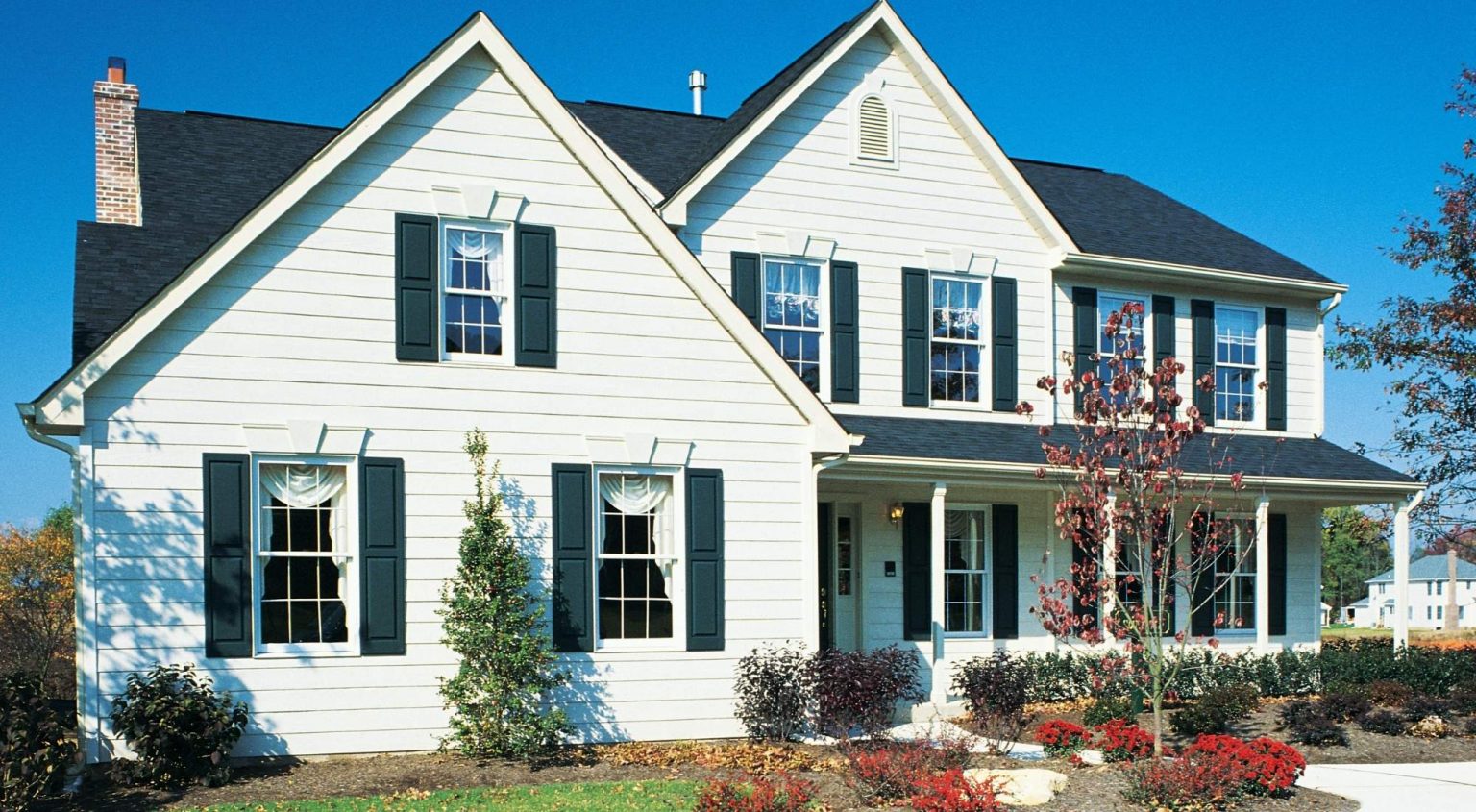
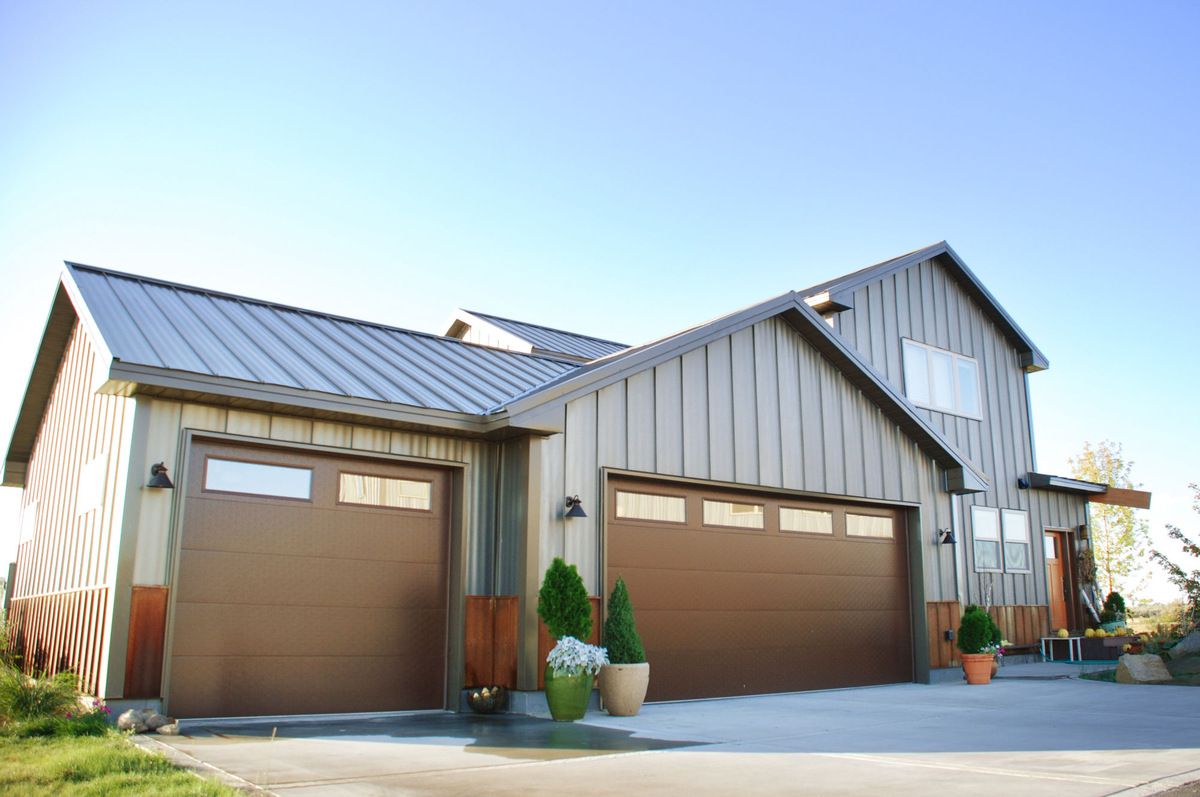
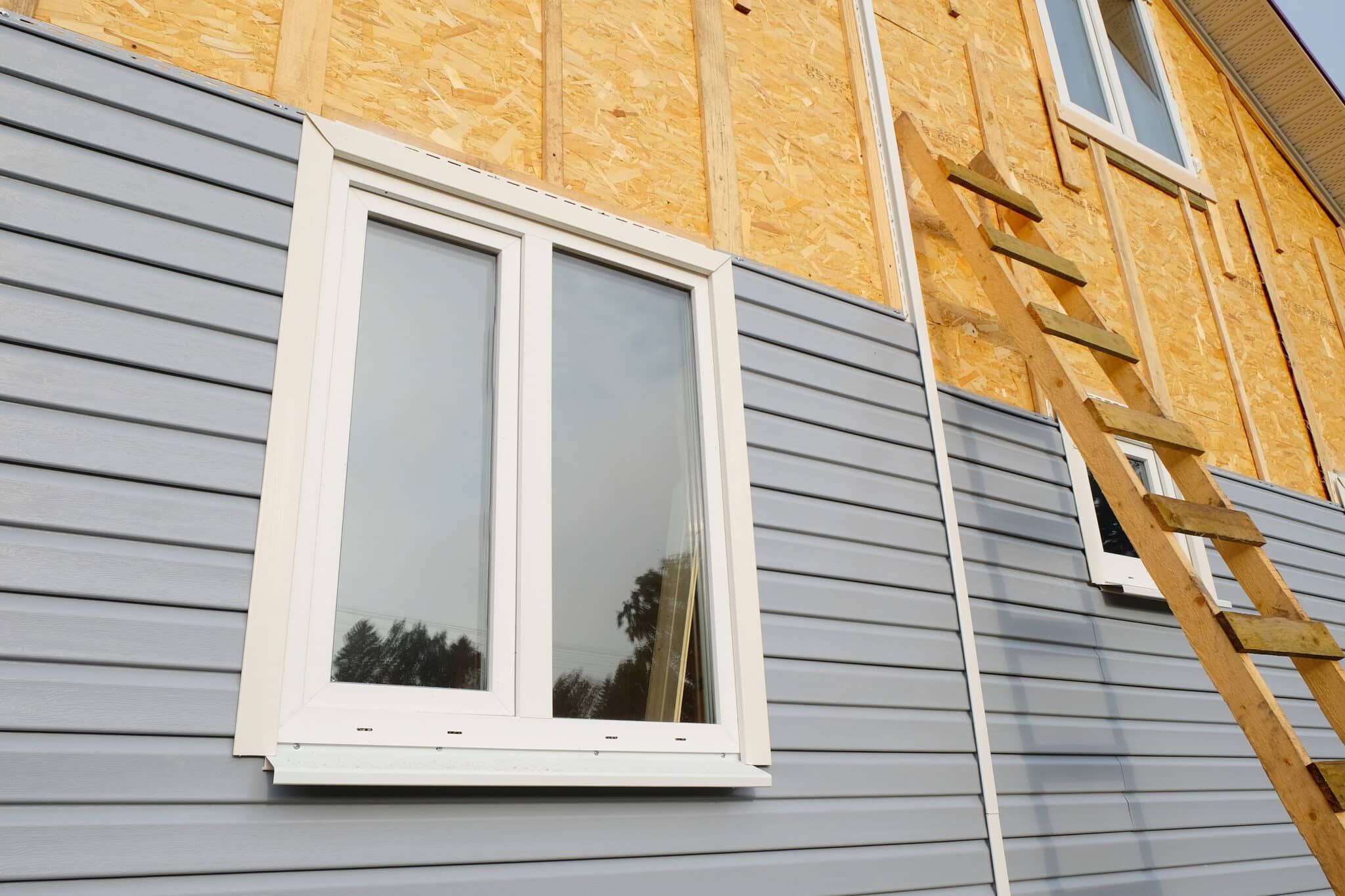
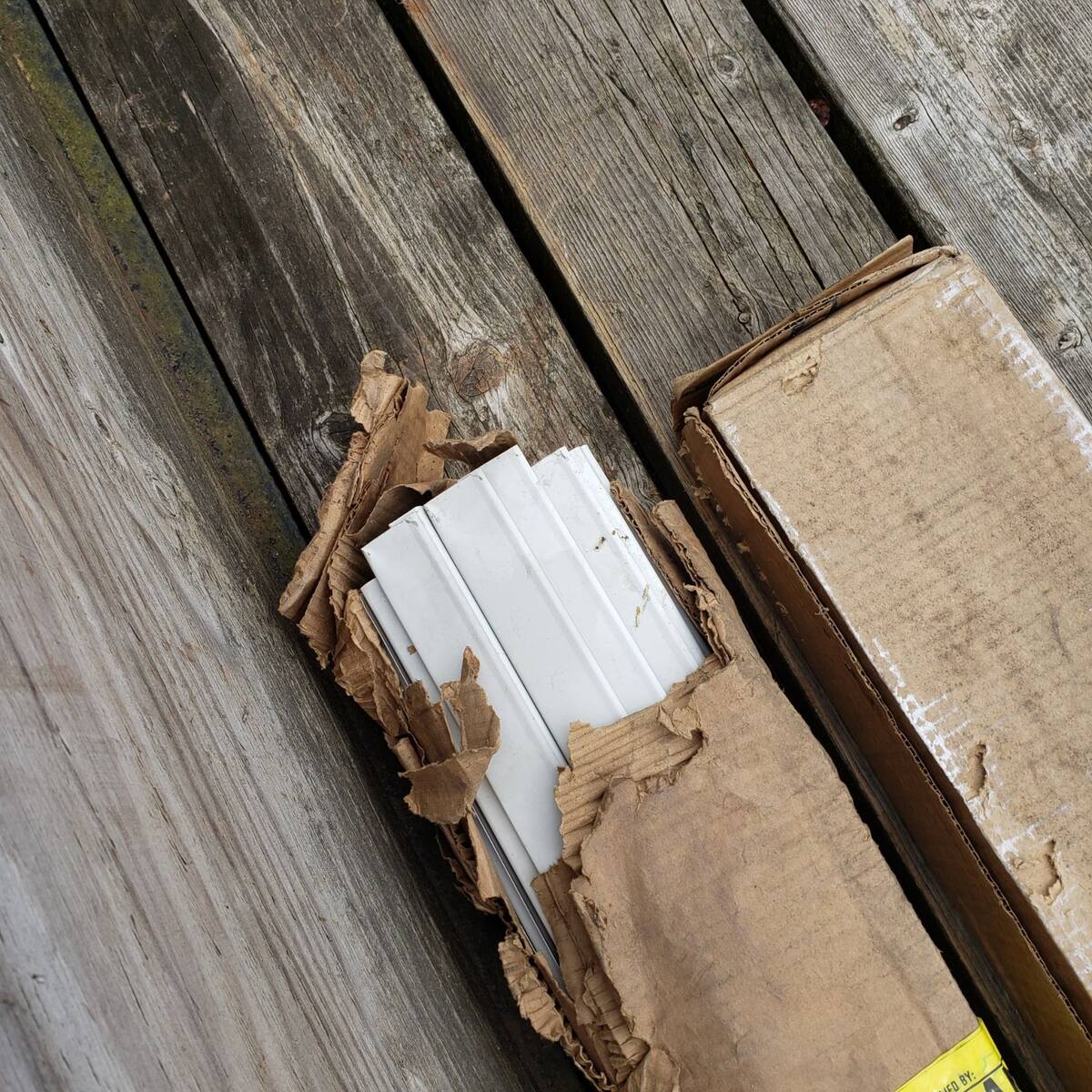
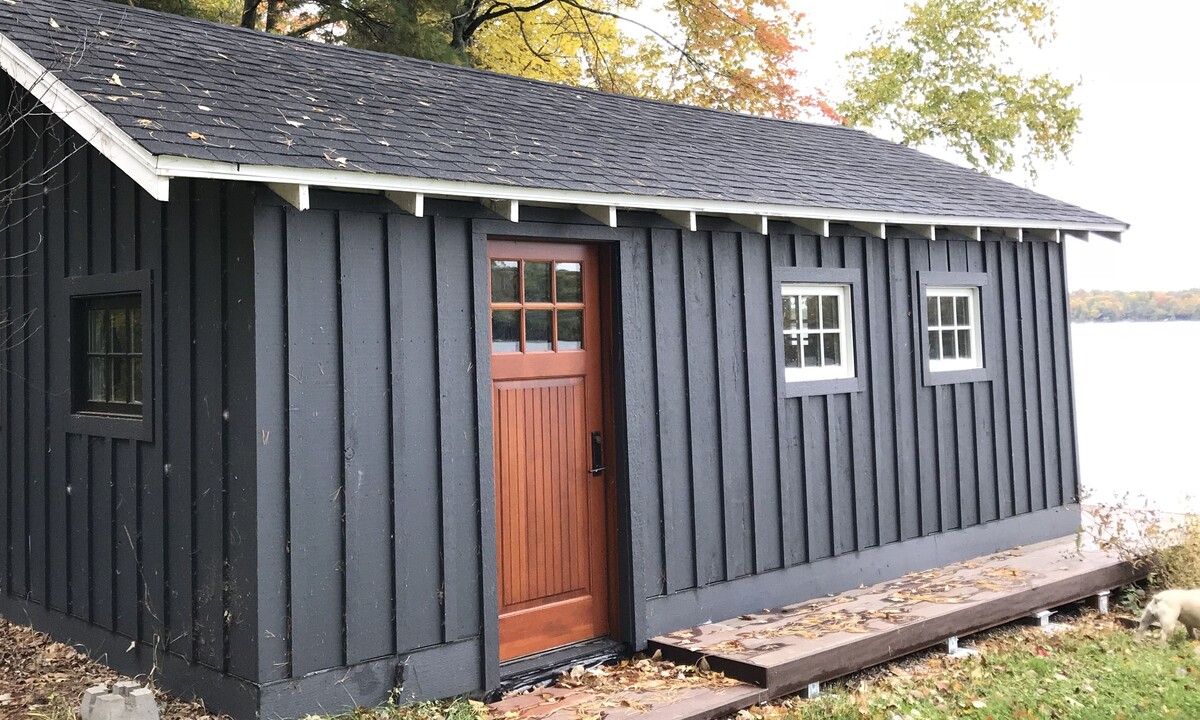
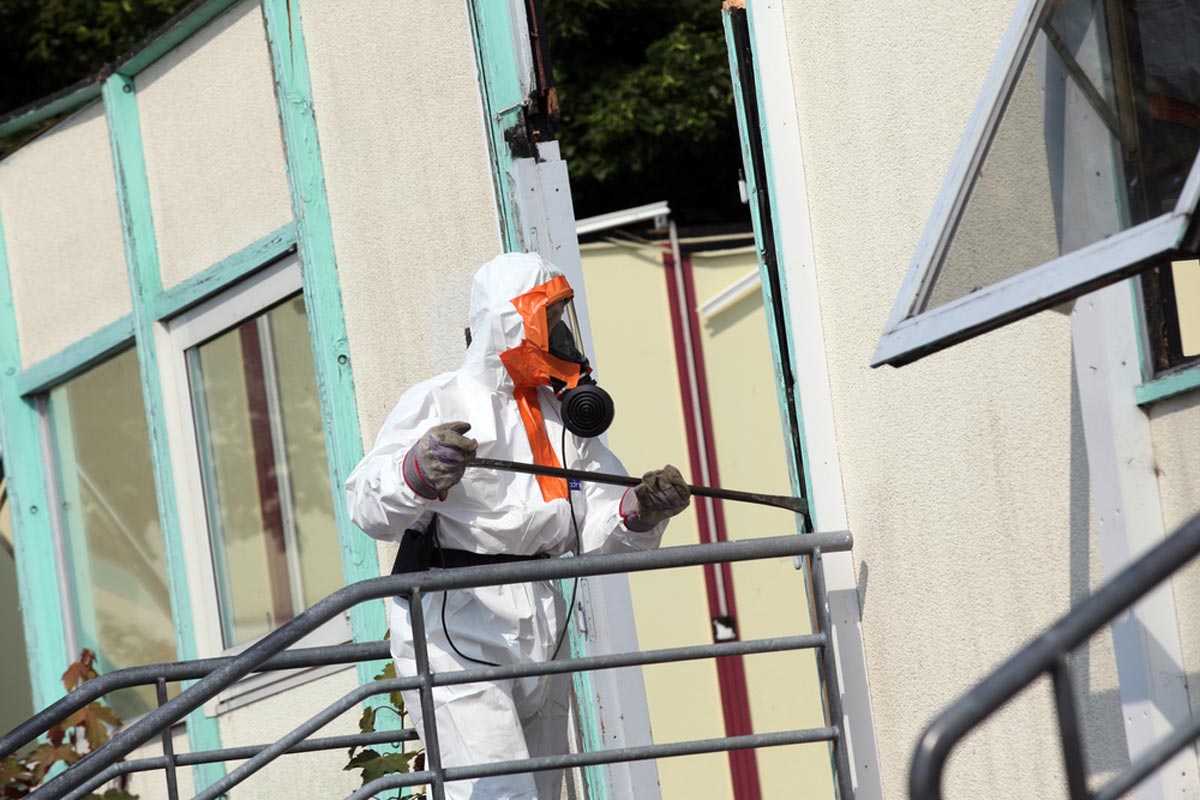
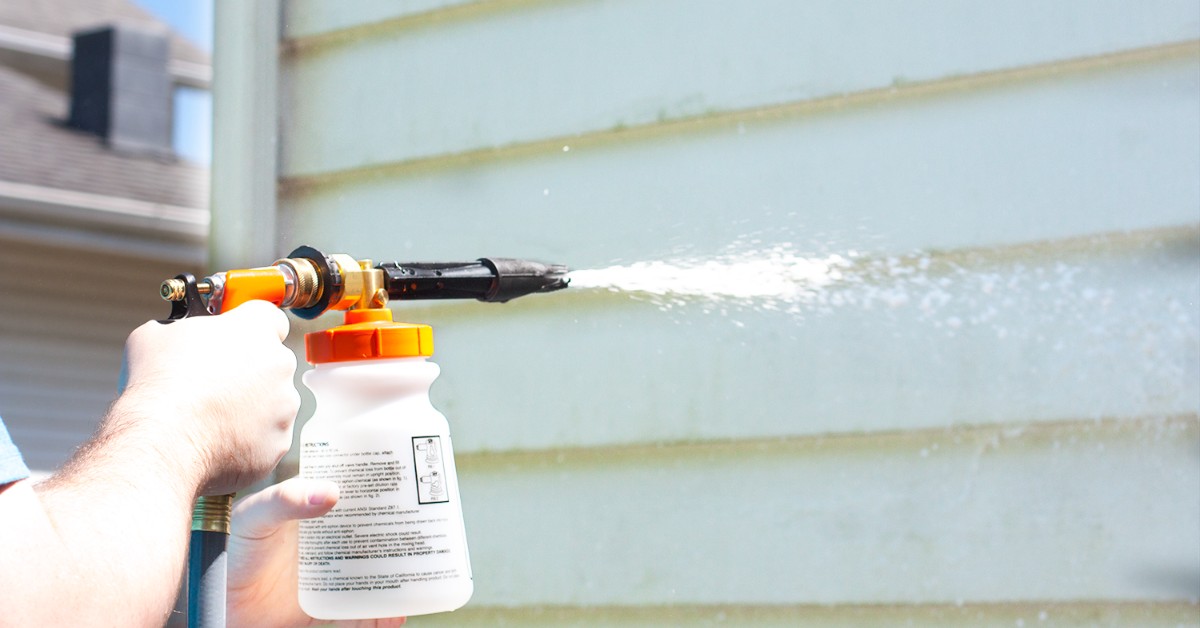
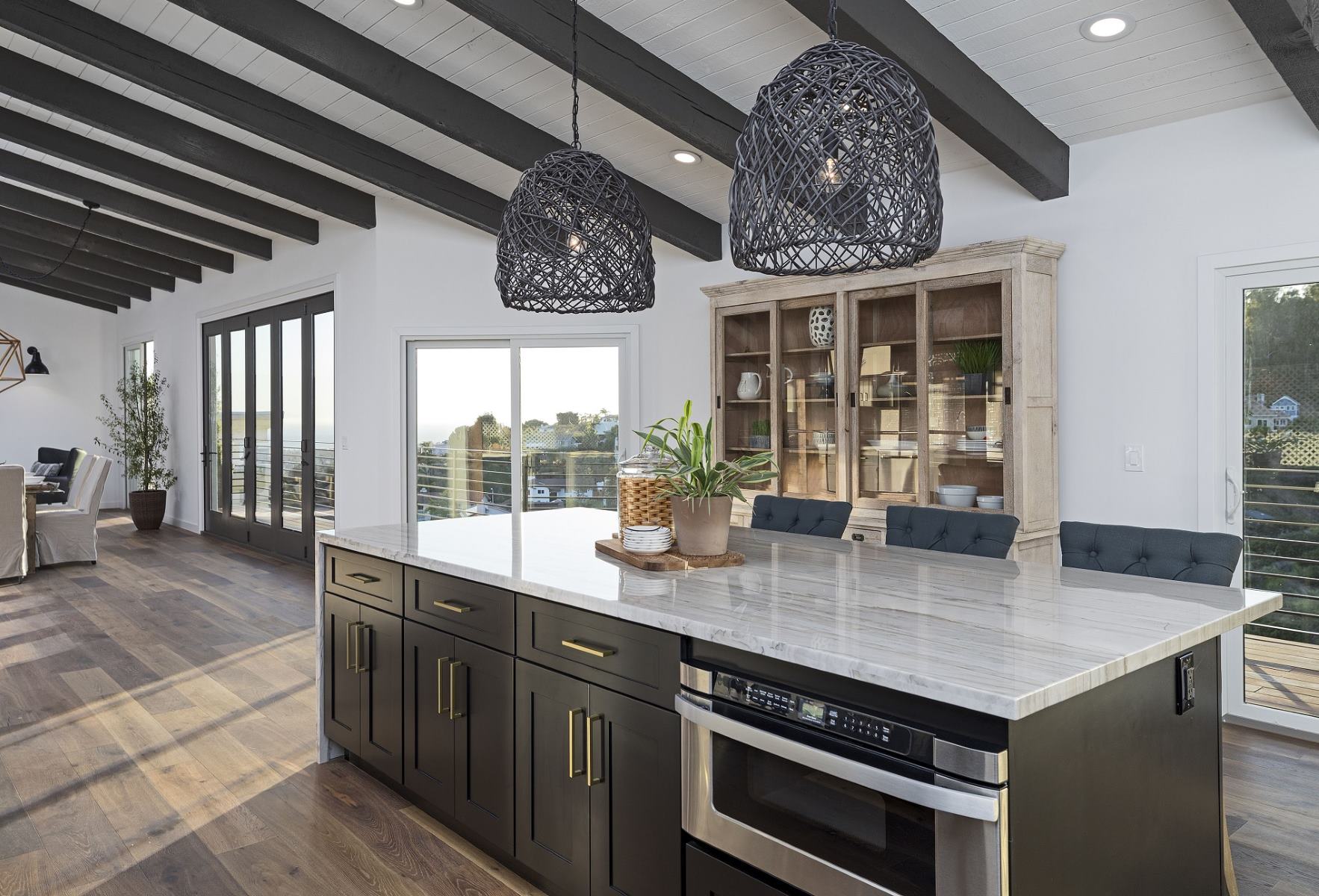

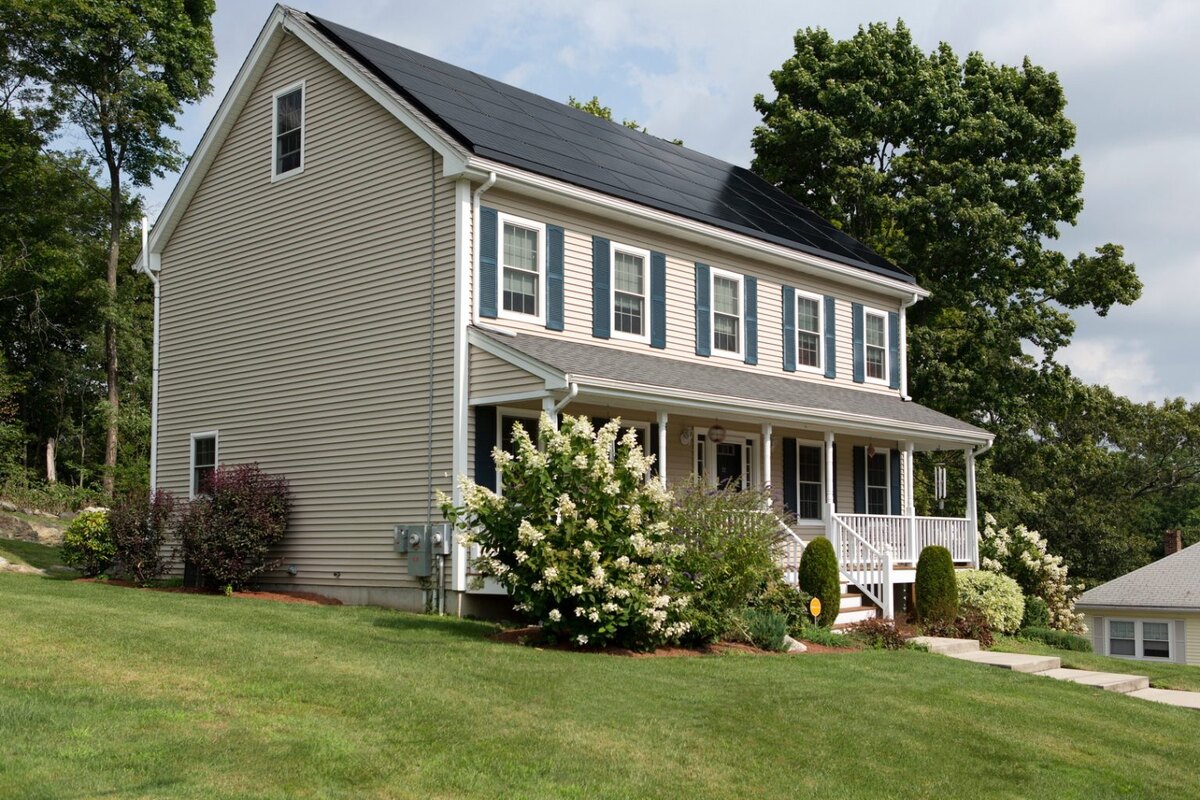





0 thoughts on “How Much Does Faux Stone Siding Cost”